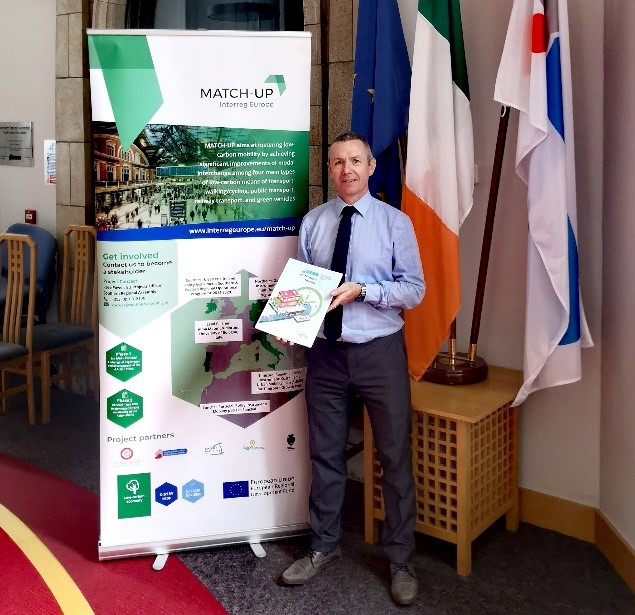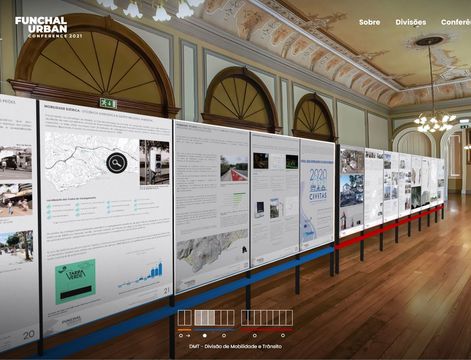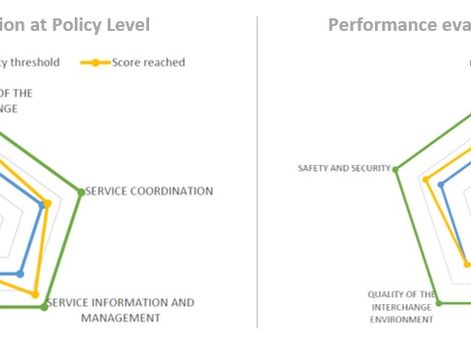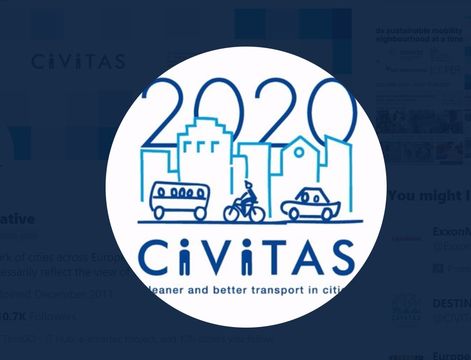
Relevant policy changes achieved in Ireland
The Southern Regional Assembly is proud of the impact the MATCH-UP project continues to make in Ireland.
EU regions are experiencing growing levels of air pollution, CO2 emissions, traffic congestion. In a situation of general lack of financial resources for big infrastructural investments, the development of sustainable multimodal mobility becomes one of the EU key challenges. To be more efficient, mobility systems require a greater integration at each territorial level. Therefore, to overcome the current barriers, EU regions need integrated strategies enhancing an effective modal interchange and a higher integration between land use and transport planning processes.
MATCH-UP project focuses on the optimization of the places where people change between transport modes. By considering 4 main types of low-carbon means of transport (Walking/cycling; Rail transport; Public transport; Green vehicles), MATCH-UP aims at achieving significant improvements of modal interchange within 4 involved countries (IE, DE, PT, RO).
The overall objective is to embed multimodal mobility strategies into the Project Partners’ policy instruments (i.e. two ROPs funded by Structural Funds and 2 local policies) by defining design requirements concerning interchange nodes and transport services for managing and coordinating the interchange, and by developing tools and methods to assess different policies and design scenarios and to define the priority level of multimodal actions.
The interregional and multilevel exchange of experience process, through various activities as staff exchanges, site visits and the involvement of local stakeholder groups (e.g. policy makers, managing authorities, transport service providers) will increase skills and knowledge among policy makers and other public administration staff, thus influencing their capacity to promote new initiatives towards sustainable mobility.
Beside Project Partners and local stakeholder groups, MATCH-UP will reach other Target Groups through local dissemination activities as Mobility Cafes and interregional public conferences.
€823,135.00
Low-carbon economy
The Southern & Eastern Regional Operational Programme (OP) 2014-2020 identifies urban development needs, bottlenecks and growth potentials, including the need for further investment to promote uptake of public transport and eco-friendly modes of transport, other than private motorcars. The OP outlines the need for continued development of low-carbon transport infrastructure including public transport, cycling and electrically powered vehicles.
The main OBJECTIVE in relation to MATCH-UP topic is the promotion of low-carbon strategies for all types of territories, in particular for urban areas, including the promotion of sustainable multimodal urban mobility and mitigation-relevant adaptation measures.
The PRIORITIES are:
The policy instrument should be improved in the definition of the strategies for integrating all the multimodal urban mobility initiatives. The OP gives priority to cycling, walking and public transport facilities, but there is a need to improve the strategy for the projects selection in order to multiply the benefits of the low-carbon transport modes addressed by each single project.
The selected policy instrument (priority axis 3, investment priority 4e, Specific objective SZ11) is designed to reduce CO2-emissions in different sectors and within IP4e especially by future investments in alternative low-CO2-emitting drive technologies and sustainable mobility solutions.
Studies for Lower Saxony investigated that the shift from cars to CO2-saving means of transport would mean a reduction of greenhouse gas emissions of about 40% to 70%. Accordingly, the foreseen strategies to reduce CO2-emissions focus on the alternative drives esp. in road traffic and on the shift to less energy-intensive transport modes. This shall result in an increased availability of charging devices for electric and other energy-saving drives, which enables the use of such drive technologies. Furthermore, the access to CO2-saving transport chains shall be improved and CO2-saving offers in urban-rural mobility shall be increased in order to replace motorised private transport.
The policy instrument should be IMPROVED and/or extended by addressing a more integrated approach when aiming at improved mobility options in the region. Thus, when targeting at new and multi-modal mobility offers, also the issues demand-oriented supply and the planning of rural and urban areas, e.g. design of stops and stations in town renewal projects need to be considered in order to enable the implementation of respective measures.
The Mobility Pacts, geared towards the establishment of protocols between several agents that intervenes in mobility and traffic, deals with mobility and traffic issues and are an important effort for the improvement of low-carbon mobility through the adoption of innovative and sustainable solutions. They were a key result of the CIVITAS MIMOSA project and today are the most relevant policy instrument held by the Municipality for a better insight of the mobility patterns in the city.
Notably the Mobility Pacts were signed in 2012 by the Municipality and the relevant mobility stakeholders which agreed to work together in order to contribute towards a more sustainable mobility strategy.
The mobility pacts main OBJECTIVES and PRIORITIES are:
The signing of the Mobility Pacts allowed to start implementing such mobility strategy; today Funchal needs to IMPROVE the Mobility Pacts contents by defining a more structured mobility planning, more integrated with land-use planning. In this perspective improving modal interchange could be a core issue and a more explicit challenge.
The Sustainable Urban Mobility Plan (SUMP) for Timisoara Growth Pole has been approved by the Municipality of Timisoara in December 2015 (REP/238624/DSUMP001) and is the strategic document for developing measures, projects and investment priorities towards a sustainable mobility. It covers the territories of Timisoara and other 15 smaller municipalities and aims at enhancing economic growth, social and environmental protection of Timisoara Growth Pole. The SUMP purpose is therefore to enable the development of a sustainable mobility in this territory.
The SUMP STRATEGIC OBJECTIVES are:
The Action Plan of the SUMP presents the major interventions that should take place in the next coming period (2016-2030) in order to improve the mobility situation in Timisoara and its peri-urban communities.
Although the Action Plan addresses the issue of multimodality and some multimodal transport solutions are envisaged (e.g. the “park&ride” system) a more integrated approach towards a multimodal transportation strategy is actually missing. Such approach could help enhancing alternative means of transportation already in place or towards which a clearer investment strategy should be focused.

The Southern Regional Assembly is proud of the impact the MATCH-UP project continues to make in Ireland.
Match-Up project left a lasting impact within the mobility framework in Funchal
Thanks to the Match-Up project, the county changed its policy instrument for developing an on demand transport service

Municipality of Funchal activities with schools to boost the importance of multimodality and sustainable mobility
The 10 minutes town developed by the Southern Regional Assembly at the EU mobility week

The Municipality of Funchal will launch a virtual multimedia exhibition

MATCH-UP e-book summarizing the whole project process is now available in our library.

The Action Plan of the Southern Regional Assembly is now approved and available

The University of Bologna has finalized a tool to assess the performance of planning and design solutions of modal interchange

The city of Funchal, a Match-Up partner, have won the highly prestigious “CIVITAS Legacy” award 2020